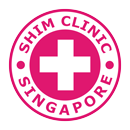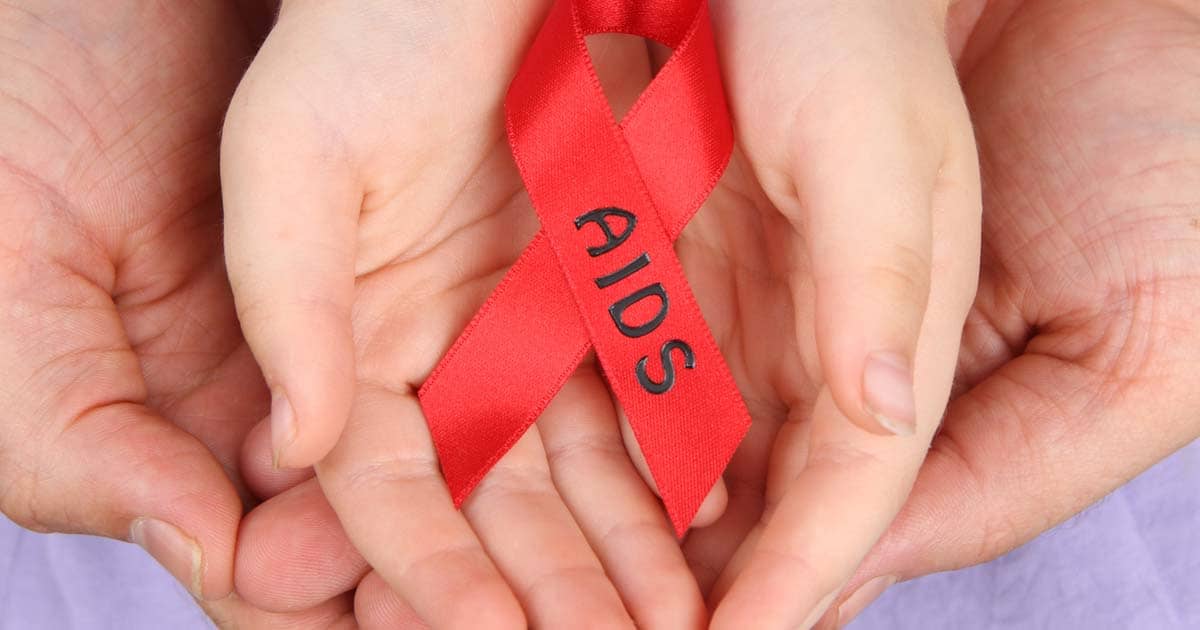According to the United Nations Children’s Funds (UNICEF), more than 2.8 million children and adolescents are living with HIV in 2020. Although significant progress has been made in 1995 by administering antiretroviral medicines (ARVs) to pregnant women with HIV and the number of new infections in children has abated by almost 50% since 2010, some setbacks still prove to be hard to solve. Two of these setbacks include the limited access to ARVs for pregnant women to prevent HIV transmission and children with HIV who are not subjected to proper treatment.
Every person from any age group can be at risk for contracting HIV. Similar to HIV cases in adults, children living with HIV can still lead happy and satisfying lives with regular HIV testing, proper medication and treatment, and constant care. This article will discuss how HIV is transmitted to children, the symptoms, diagnosis and correct treatment.
How children contract HIV
Most infections occur through mother-to-child transmission (MTCT). This term is also known as ‘vertical transmission’ or ‘parent-to-child transmission’. HIV spreads to babies through mothers living with HIV during pregnancy (passing through the placenta), childbirth/delivery or breastfeeding. Most cases of MTCT occur because of breastfeeding. Usually, if feasible, babies are fed with formula to avert transmission of the virus. However, if formula feeding is not deemed a good option, mothers should take antiretroviral treatment to minimize the risk of passing HIV.
Kids who are living in a community where HIV/AIDS is prevalent may also be more vulnerable to HIV infections, an example of this being sub-Saharan Africa, where 9 out of 10 children and adolescents are living with HIV based on UNICEF’s data. Orphans whose parents die of AIDS in these regions may lack proper caregivers and live in unsafe environments which in the end lead to physical and emotional abuse by irresponsible people.
In some cultures where child marriages are approved, young girls can get the virus from their much older husbands because the risks for contracting HIV are higher when a young child has sex. Children can also be exposed to HIV because of rape, sexual abuse and sharing injection equipment such as needles.
Symptoms of HIV in babies, children and adolescents
The symptoms of HIV may vary between one child to another, but different age groups and life phases can showcase different symptoms that may include:
- Infants
- Failure to thrive: not gaining weight and slow physical as well as developmental growth due to delayed bone growth
- Swollen abdomen and lymph nodes
- Pneumonia (inflammation of air sacs in lungs)
- Oral thrush (fungal infection in the mouth)
- Fever
- Lack of energy
- Children
Children who are 1 year old or older may display the symptoms mentioned above but with varying severity.
- Mild infections may include swollen lymph nodes and parotid glands, persistent sinus and ear infections, skin rashes and the swelling of abdomen due to increased liver and spleen size
- Moderate infections may mean pneumonitis, oral thrush that is hard to cure, constant diarrhea, ongoing fever lasting more than a month, hepatitis and kidney complications
- Severe infections may cause the occurrence of two dangerous bacterial infections in a two-year period (meningitis or blood infection), yeast infection in the lungs or digestive tract, brain inflammation, malignant tumors and pneumocystis jiroveci (a certain type of pneumonia)
Children with HIV who are not receiving proper treatment are more susceptible to diseases such as chickenpox, shingles, herpes and pelvic inflammatory disease.
- Adolescents
Teens may have symptoms experienced by children or even adults. Although some may not show any symptoms at all, others can develop a flu-like illness within one or two months after being exposed to the virus. Emerging symptoms can also subside in one week to a month and are often mixed up with common viral infections. Among all symptoms, four most known ones are fever, headache, swollen lymph nodes and a sense of great discomfort (not feeling well).
Diagnosing HIV in children
With HIV, we are always racing with time and early detection is always better. However, HIV testing in infants can present its own challenges because babies born to HIV-positive mothers will need further virological testing to confirm whether or not they actually have HIV. For babies under 6 months of age, several virological tests can be performed within 2 days after delivery, at 1 or 2 months of age, or at 4 or 6 months of age. Confirmation can be obtained If two of the tests from different blood samples come back positive.
Children who are older than 18 months and adolescents can be tested for HIV through tracking the presence of HIV antibodies in blood.
Children with HIV and immunisations
Particular immunisations should be given to children for them to avoid unwanted diseases. With HIV-positive children, however, some things need to be taken into account.
- Safe-to-give vaccinations are comprised of measles and rubella vaccines; DTaP/Td vaccines for diphtheria, tetanus and pertussis; Hib and Hep B vaccines; Hepatitis A
- Should-be-considered vaccinations include VZIG (varicella immune globulin) that protects against chickenpox and shingles. An HIV-positive child’s immune status has to be assessed prior to giving this vaccine
- Recommended vaccines include an annual influenza vaccine (flu shot). Not only limited to HIV-positive children, any person who lives under the same roof with a HIV-positive child should also take it.
HIV treatment for children
It is imperative that antiretroviral therapy be administered to HIV-positive infants, children and adolescents as soon as possible. This has to be followed up with constant monitoring and care because children suffer from more unpleasant treatment outcomes compared to adults. Antiretroviral therapy will prevent HIV from progressing into later stages. Without proper medication, half of HIV-positive babies will not survive past their second birthday. Infants who receive HIV treatment as soon as they are born will have a better life span and are averted from the chances of getting serious illnesses.
HIV treatment for children requires special care and assessment depending on their age and growth. Some other factors to consider are side effects, reactions to drugs, the stage of HIV they are in, as well as HIV-related illnesses they have suffered previously and currently.
HIV is an ongoing disease that worries every nation and can decrease a person’s gusto and passion to live. However, with early detection and proper treatment, one can still lead a healthy and wholesome life. Shim Clinic is always at your service. We are a STD clinic in Singapore that provides HIV testing, HIV treatments and HIV prevention medication such as HIV PEP and HIV PrEP.

